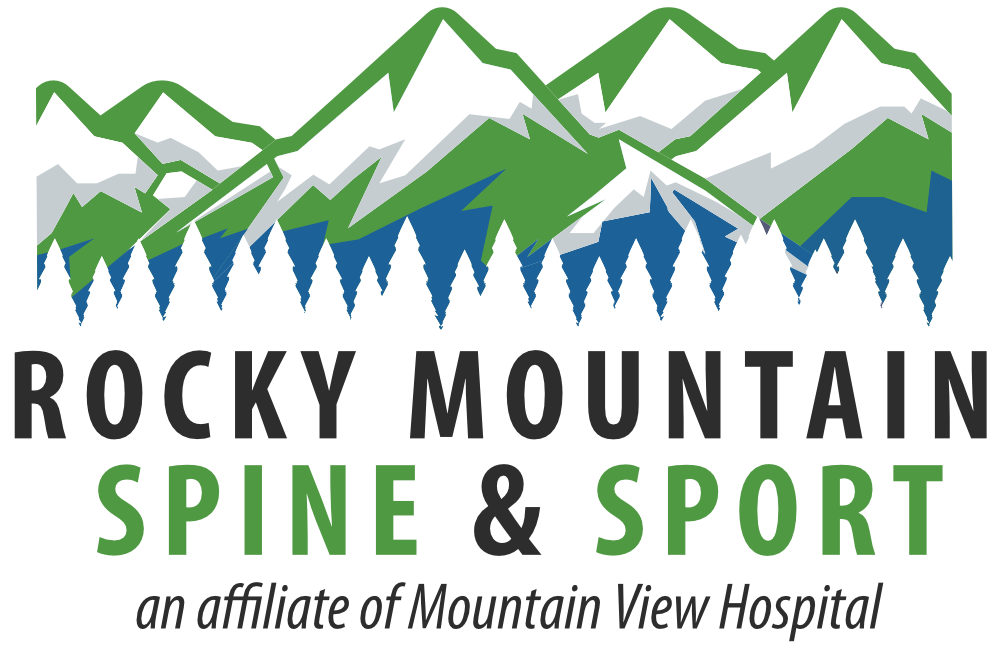What is Physical Medicine and Rehabilitation (PMR)?
WE GET PEOPLE FEELING AND MOVING BETTER!
Physical Medicine and Rehabilitation (PMR)
"What is that?"
"What do you do?"
"Are you guys like physical therapists or something?"
Those are common questions that we get about our specialty. But we love getting questions because we love what we do, and we think it is one of the most exciting specialties in medicine! We get to help patients improve their function, their pain, and their mobility. That means we get to help patients improve their quality of life! How rewarding is that?!
So first off- what is Physical Medicine and Rehabilitation (PMR)?
There is so much that we do, that it is hard to answer! But a simplified explanation of PMR would be to describe it as non-surgical orthopedics. Besides working on joints though, we also work with muscle, ligament, tendon, and nerves. We have a very comprehensive approach to the musculoskeletal system! PMR is a board certified specialty of medicine practiced by physicians. Often, physician assistants (PA) and/or nurse practitioners (NP), that are trained professionals, are added to the medical team to improve access of care.
Why would patients need improved access of care?
Well, besides that meaning we can get patients into our office sooner to be treated, it’s because there is so much that we do! We treat everything from the head down to the toes.
- We offer a variety of injections to help with different kinds of pain–nerve, muscle, and/or joint pain. We treat sports injuries, common everyday injuries, and chronic, old injuries.
- We see people for concussion, gait problems, and weakness. We see and treat neuromuscular problems such as cerebral palsy, stroke, and muscle tightness.
- We offer alternative treatments such as acupuncture, and regenerative treatment such as platelet-rich plasma (PRP) and stem cell injections. We treat numbness/tingling, and have innovative treatments such as spinal cord stimulators (SCS) that does not require medication to reduce pain.
- We treat spine injuries and big and small joint injuries.
We see a lot! We also strongly believe that your overall health plays a huge role on your musculoskeletal health and function and so we offer nutrition, metabolic, and hormone evaluation and treatment. And that is just the tip of the iceberg! There is so much that we do that it can be a bit overwhelming to tell a patient everything in one sitting. That is why we take the time to understand the patient’s problem and then come up with a customized plan with the patient to treat their concern. We get people feeling and moving better!
So are we physical therapists?
The answer is no. But we work very closely with physical therapists and consider them a vital part of our team! We evaluate, treat, and educate our patients, but often without the time spent with a physical therapist, a patient’s good outcome will be short-lasting and the patient will relapse.
Physical therapy isn’t about just “exercising” or “being active.” Often times, pain and malfunction can develop from an underlying weakness or from poor habits. Physical therapy can often repair these underlying problems and help future problems from developing. A physical therapist will create a customized care plan specific to your particular concern.
For example, back pain, is not back pain, is not back pain. Every individual’s complaint of back pain may be for a very different reason. A very simplified example is that Sally’s pain may be worse with bending forward and Jack’s pain may be worse with bending back. Both have back pain, but both can be due to completely different issues and the same back exercises would not work for both Sally and Jack! This is why a customized care plan specific to an individual’s needs is the key to having better and quicker outcomes.
Another misconception about physical therapy is that it is only helpful “if I’m out of shape.” This just is not true. We see athletes and very fit and active individuals who would absolutely benefit from physical therapy. Even in the fittest athlete, there can be very specific weak muscles or other factors that can be contributing to that person’s pain.
So, overall, what is PMR in a nutshell?
It is a branch of medicine that focuses on restoring physical ability and function, reducing underlying pain, and improving overall quality of life. There are new developments in this specialty all the time that we eagerly learn and add to our practice. PMR has cutting edge medicine that can have a huge impact on the lives of our patients all while being able to avoid surgery and other aggressive treatments. For that reason, we are proud of what we do and what we can offer our patients!
Keep on keeping on!
K’Lynda Snarr, PA-C
